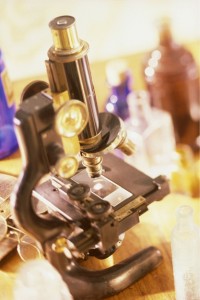“Forensic Science Falls Short of Public Image,” according to Maggie Clark’s article posted on the Pew Center on the States website. Smith contrasts the way that forensic experts on CSI: Crime Scene Investigation leverage science and real forensic science practice. People (especially writers) should appreciate that CSI and similar shows exist in an alternate universe. Yet Smith notes that the CSI effect – jurors’ unrealistic expectations about forensic science – still plagues courts.
Smith also describes several scandals in forensic labs. In one recent case, a Boston-based drug chemist confessed that she falsified drug test results. More than 1,000 people are in jail based upon her evidence. Certain forensic analysis methods have also come under fire:
Specifically, bite mark analysis, where perpetrators are identified by matching a mold of their teeth to bite marks found on a victim’s body, was found to be entirely unscientific and subject to an individual examiner’s interpretation. Another common technique, analyzing hair evidence, was found to be ineffective at producing any individual match, although it can potentially narrow the field of suspects to people who share certain hair characteristics, like color, hair-shaft form or length.
These problems have led to an increased oversight of crime labs and reevaluations of certain forensic analysis techniques. These types of problems also provide grist for the mills operated by writers of mysteries and crime fiction.

